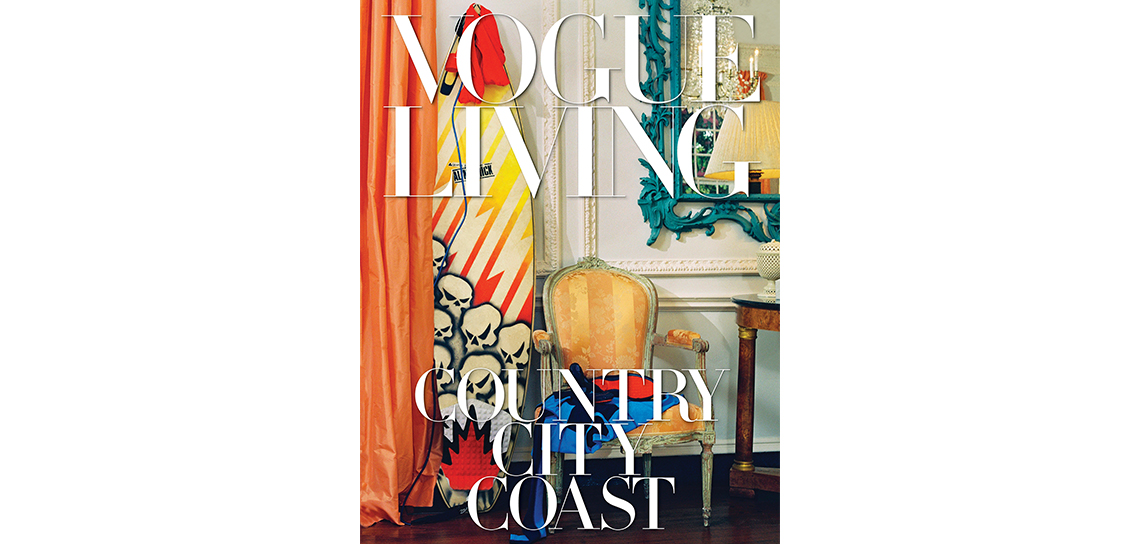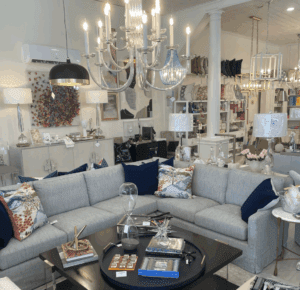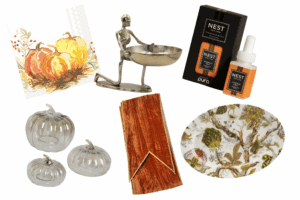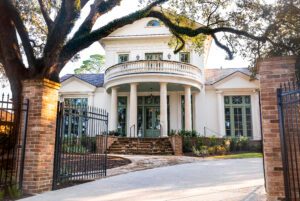Off the page: ‘Vogue Living: Country, City, Coast’
On the far eastern point of Long Island, a 25-foot-tall bronze teddy bear sculpture sits on the lawn of an art dealer’s Shingle-style home. In the Belgian countryside, the dining table in a fashion designer’s 1840s house is robed in the same silk brocade used in one of his runway collections. Los Angeles is where decorator Kelly Wearstler mixes stately marble with pink-scrawled wallpaper, while Aerin Lauder traipses through the Aspen highlands outside her ski chalet in a snow-dragging skirt and a fur hat.
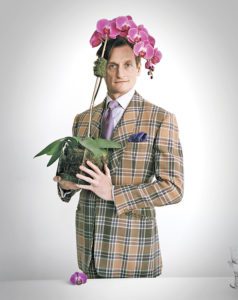
Vogue magazine’s new book, Vogue Living: Country, City, Coast, welcomes readers into the private realms of some of the world’s most iconic names. Vogue editors Hamish Bowles and Chloe Malle—daughter of Candice Bergen—present an intimate view of these homes and their owners through 36 stories originally published in the magazine, along with photographs spilling across oversized pages. The book captures a moment in time in the world of interior design—but with a common thread of connection to days gone by.
“Fashion, music, art and moviemakers often quote from or sample the past, drawing on vintage fashion sources or inspirational historical images to inform the look of the moment,” writes Bowles in the introduction. “House and garden creators have followed the same trajectory.”
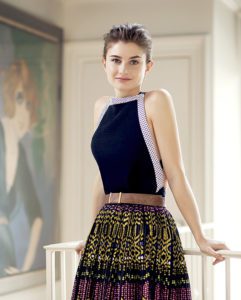
While bougainvillea-covered terraces on Greek islands and medieval manors in the English countryside are the norm for many of the glamorous subjects of the book, other famous faces reveal a simpler existence. Former supermodel Cindy Crawford and her husband Rande Gerber, for example, are photographed at the Ontario lakehouse where their preferred summer pastime is, as she puts it, “getting dragged behind a boat on an inner tube.” But considering that this is still Vogue, the book reveals that Cindy and her clan arrive at their waterside getaway on a seaplane.
“In their eclecticism and diversity, these lifestyle portfolios not only reflect the very different personalities of the people who created and live in these environments,” writes Bowles, “but also hold a mirror to the fast-changing times.”




